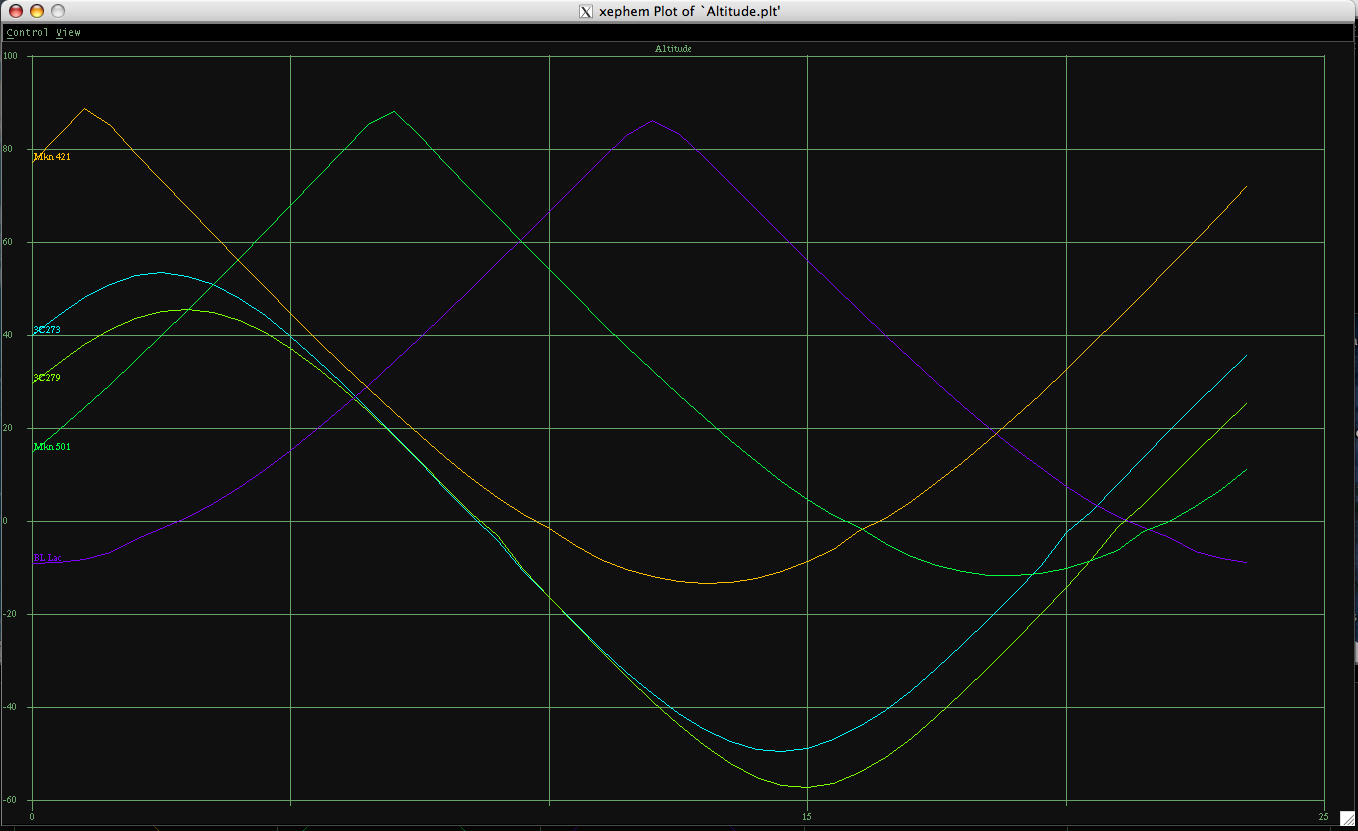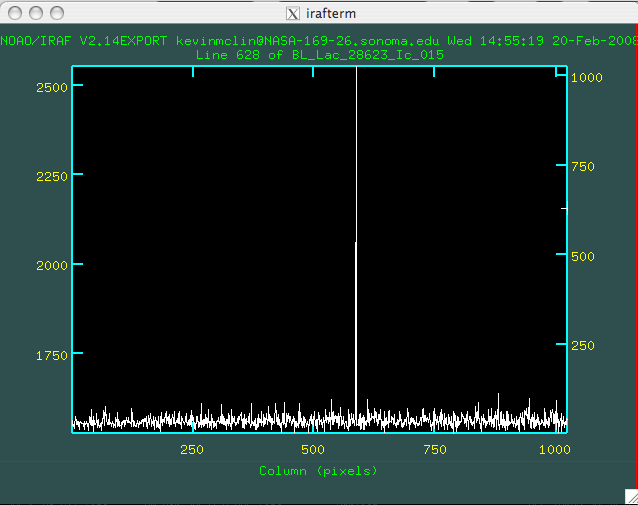Strategies for Successful Observing
| Introduction
Plan Your Observations |
Making astronomical observations is not quite as easy as simply showing up at the telescope and pointing it at the sky, but with some planning ahead of time it can almost seem that way. Below we discuss a few things you should consider before you head to the telescope. These items are all related to planning and making your observations; some are absolutely necessary, others merely save you time and effort later on. The suggestions here are gleaned from experienced observers and are meant to be guidelines for new observers. Doubtless you will discover your own procedures that you find work best for you, and you might want to add to or modify our procedure as you gain experience. |
| Planning Your Observations |
1. Observe When Objects are High in the SkyThis might seem obvious, but you should always plan your observations before arriving at the telescope. You certainly don’t want to This states that the hour angle of an object of given right ascension increases with time, and in fact is the difference between its Of course, knowing when your objects will transit is only part of the information you need. It is also necessary to know when they Finally, you should consider more than just transit, rise and set times because you cannot actually observe an object for the entire 2. Moon Phase and ObservingThe Moon is one of the darkest objects in the sky. It reflects only about 11% of the sunlight it receives back into 3. Software Aids to Planning Your ObservationsMany astronomical software packages can give you invaluable information for planning your observations. For instance, they can plot |
| Obtaining Good Calibration Images |
1. Take Lots of Calibration DataExtracting meaningful science from your images requires that you have 2. Stack Individual Calibration ImagesThere is an unavoidable problem encountered when using a CCD to take long exposures. Inevitably, you will find that some of Image stacking does not actually involve physically stacking your images. It means that you combine many images into one. There are One additional word about median combine: it works better with an odd number of images. This is because the way to find the median of What about the statistics when you median combine? You’ve combined many images, presumably all having slightly different numbers of |
| Obtaining Good Science Images | You don’t have as much control over the quality of your science images as you do over that of your calibration images. For instance, you cannot control the quality of the seeing or transparency of the atmosphere, and aside from trying to plan your observation for close to the time of transit for your objects, you don’t have a lot of control of how much atmosphere you must look through. However, despite these sorts of objective conditions, you can still take some steps to get the best data possible given your observing conditions. Many of these steps are the same as already outlined for your calibration images. Basically, try to maximize your S/N, but in this case keep your science goals in mind as well. You do not want to spend a lot of time on one of your objects when it would be better spent on another. For example, don’t get 10 minutes of data on a very bright object, which might reach the required S/N in only 3 minutes of observations, while ignoring a faint object that might require 10 minutes or longer. Just as for your calibration images, you should take an odd number of images so as to facilitate the removal of cosmic rays |
| Naming Your Image Files | Many of us like to name our image files for the object they contain as a means of keeping our files organized. So if we are taking a series of five images of 3C 273 in the V filter using 60 second exposures and 1×1 binning, we might have files named something like the following.
3C273_V_60_1x1_001.fits 3C273_V_60_1x1_002.fits 3C273_V_60_1x1_003.fits 3C273_V_60_1x1_004.fits 3C273_V_60_1x1_005.fits
These file names tell us not just the name of the object observed, but also important things like the filter used, the exposure and |
| Summary | To give a broad overview of good observing strategy:
If you follow these steps your data will be as good as they can be, and your science results will be correspondingly good. |




